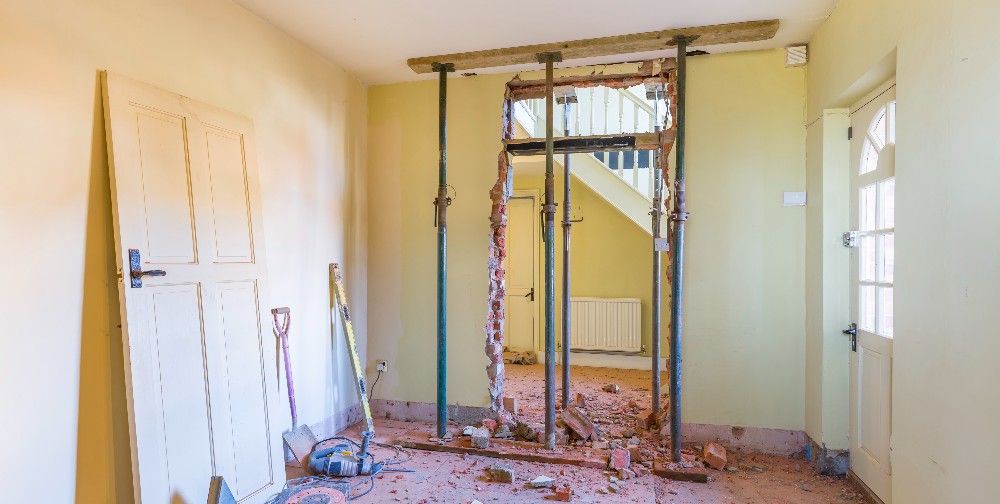




When looking to buy a property ripe for HMO conversion, there are actually a myriad of choices out there. Despite the common misconception that HMO properties have to follow a certain format, when done correctly, almost every shape and size of property could be made to work.
In fact, our own portfolio of managed HMO conversion properties comprises everything from semi-detached and detached family homes to bungalows, Victorian terraced houses, new build properties and even former commercial buildings. So when it comes to the original physical structure, the options really are endless.
There are, however, a number of things to consider before you even get as far as shortlisting available properties on the market that would be suitable for HMO conversion.
The obvious answer here is a high yielding rental property that delivers much higher rents than a standard buy-to-let.
If you want to maximise income, you’ll need to maximise the number of rentable rooms in a property in the most cost-effective way possible. And if you need income fast, you need to find a property that’s fit for HMO purposes already.
Some investors will want to achieve development profit and capital uplift as well as a yield income, meaning they may opt for a more run-down property that requires extensive refurbishment or a complete HMO conversion from a single dwelling.
Before you even start your property search, you need to decide how much cash you have for a deposit and refurbishment, which will affect the mortgage’s loan to value and the price you are able to purchase for. HMO conversion activity can be pricey, so you’ll need to have plans and a good builder on board in order to create realistic costings if your strategy is to convert a property.
You’ll then need to know what type of rents you will be able to achieve and how soon you can start making a return. There are other questions and considerations too: what if you want to take money out of that property to reinvest in growing your HMO portfolio? And what if your long term goal is to sell the property back to the mainstream residential market? Know your numbers and your end game.
If you’re intending to manage your own HMO property, then it’s best to invest near to where you live. But even if you plan on using a letting agent or property management company, the local planning and licensing legislation in any chosen location will impact what type of HMO conversion you can carry out – if at all.
Where there is an Article 4 Direction in place, you could fall at the first hurdle and end up with a property you aren’t permitted to convert to an HMO anyway. So knowing your desired investment location is key, not just because of planning, licensing and local property values, but because of the tenant demand in the area.
The type of property you buy and in what location will largely depend on who you intend to rent it to. Different types of tenants will want access to different local amenities and require a different setup within the HMO. The amount of rent you are able to charge will depend on the size/quality of the rooms and the HMO features (such as whether each bedroom is en-suite and the quality of the broadband, for example.
Low income individuals may not be able to afford large double bedrooms with en-suites, while young professionals will be crying out for space and quality. Students may be less concerned about bedrooms but will want a decent communal kitchen and large lounge.
And even though more bedrooms often equals higher rental income, not every tenant will want to live in a large HMO conversion, especially more mature professionals. On the other hand, the rise in large co-living communities is leading to increasing investment in corporate HMOs with fully self-contained ‘studio’ type rooms that are complemented by communal work spaces, gyms and private dining rooms.
There isn’t one but if you’re an investor looking to get your first foot on the HMO ladder, or want some pointers for developing a standard six-bedroom HMO, then a three or four-bedroom semi-detached, detached or end of terrace house - with extension potential – is generally a good place to start.
If a four-bedroom property has a garage and dining room, for example, they can be converted into two bedrooms to create a six-bedroom HMO with little or no building work. Older properties may offer larger rooms with potential for en-suite additions too.
And remember, work out your numbers first, know your market and then start your search. Need any further advice? Contact HMO Buyer today.

